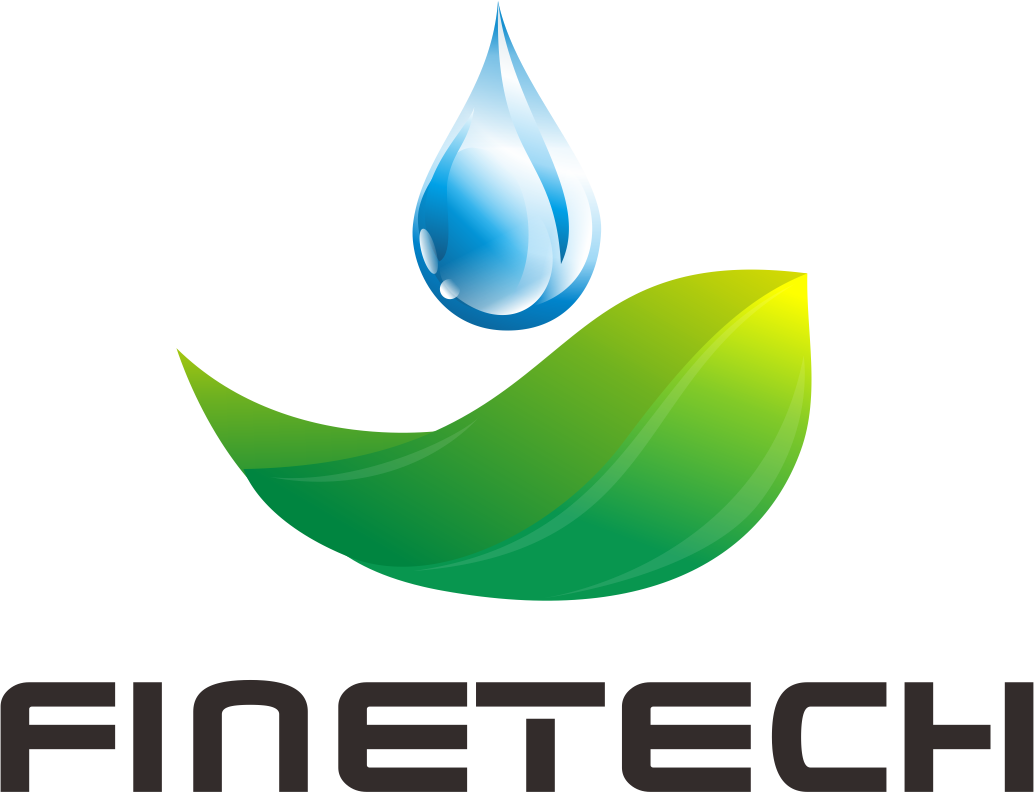Adding Vitamin A to food? Unsure which type to use - palmitate, acetate? Let's simplify choosing the right Vitamin A for your needs.
Choosing the best Vitamin A form depends on your food. Stable esters like Retinyl Palmitate/Acetate are common for cost and reliability. Consider solubility, stability during processing, and desired bioavailability.
Selecting the right Vitamin A form is key for effective food fortification. As a supplier, we help clients get the most stable and cost-effective option for their specific product.
What are the two main forms of Vitamin A used in food applications?
Adding Vitamin A? Which types are common in food? Let's identify the main forms used by manufacturers.
The main types are preformed Vitamin A esters (Retinyl Palmitate, Retinyl Acetate) and provitamin A carotenoids (mainly Beta-Carotene). These dominate food fortification applications.

You'll mainly encounter two categories when sourcing Vitamin A for food:
Preformed Vitamin A (Retinoids)
This category refers to forms of Vitamin A that the body can use directly, primarily retinol and its esters.
- Retinyl Palmitate & Retinyl Acetate: These esters are much more stable than pure retinol. They are synthetically produced and widely used due to good stability, bioavailability1, and cost-effectiveness. Palmitate is common in oils; acetate is often used in dry products like flour.
Provitamin A Carotenoids
These are plant pigments the body converts to Vitamin A.
- Beta-Carotene: The main provitamin A. Found in plants or produced synthetically. Used for Vitamin A activity (less predictable), natural color, or antioxidant properties. More expensive per Vitamin A unit than esters.
The esters are workhorses for reliable fortification; beta-carotene2 offers “natural” appeal and color.
Main Forms Overview:
| Category | Examples | Key Feature | Primary Use |
|---|---|---|---|
| Preformed | Palmitate, Acetate | Stable, Cost-Effective | Reliable Fortification |
| Provitamin A | Beta-Carotene | Needs Conversion, Natural | Color, Antioxidant, Appeal |
What is the chemistry of Vitamin A regarding stability in different food matrices?
Worried Vitamin A will degrade in your food? What makes it unstable? Let's look at the basic chemistry affecting stability.
Vitamin A's structure is sensitive to oxygen, light, heat, and acid, which destroy its activity. Ester forms are more stable, and encapsulation or antioxidants are often needed for protection.

Vitamin A (retinol) has double bonds easily attacked by:
- Oxygen: Causes breakdown (oxidation), worsened by light, heat, metals.
- Light (UV): Initiates oxidation and direct degradation.
- Heat: Speeds up degradation reactions during processing.
- Acid (Low pH): Can promote breakdown.
Protection Strategies:
- Use Esters: Palmitate and Acetate are more stable than retinol.
- Add Antioxidants: Vitamin E, BHT help prevent oxidation.
- Microencapsulation: Coating Vitamin A (usually oil droplets) with a protective layer (starch, gum) shields it from oxygen and light. This creates stable powders or beadlets.
Stability Factors & Solutions:
| Degrades Due To | Protection Method |
|---|---|
| Oxygen, Light | Use Esters, Antioxidants, Encapsulation, Opaque Pack |
| Heat, Acid | Use Stable/Encapsulated Forms, Add Late in Process |
Understanding this chemistry is vital for selecting a Vitamin A form that will survive processing and deliver the intended nutritional value throughout the product's shelf life.
How does the solubility of Vitamin A impact its use in beverages versus solid foods?
Using Vitamin A in drinks or solid foods? Does solubility matter? Let’s see how its fat-loving nature3 affects use.
Vitamin A is fat-soluble, mixing easily into oils/fats. For water-based items like drinks or low-fat foods, special water-dispersible forms (emulsions, encapsulated powders) are required for even mixing.

Vitamin A loves fat, not water.
- Fatty Foods (Oils, Margarine): Easy to add oil-soluble Vitamin A (like retinyl palmitate in oil). It dissolves readily.
- Water-Based/Low-Fat Foods (Drinks, Flour, Low-Fat Milk): Fat-soluble Vitamin A won't mix. It needs special forms:
- Emulsions: Tiny oil droplets stabilized with emulsifiers to mix into liquids (e.g., milk).
- Microencapsulated Powders: Vitamin A oil coated in a water-soluble shell. Dissolves in water, releasing dispersed Vitamin A (good for dry mixes, beverages).
Choosing the right form based on your product's water/fat content is crucial for even distribution and stability. FINETECH offers both oil-soluble and water-dispersible options.
Solubility Guide:
| Product Type | Fat Level | Needs Water-Dispersible Form? | Common Form Type Used |
|---|---|---|---|
| Oils, Fats | High | No | Oil-Soluble |
| Drinks, Low-Fat Milk | Low | Yes | Water-Dispersible |
| Dry Mixes | Low | Yes | Water-Dispersible Powder |
What are the processing considerations when incorporating Vitamin A forms into food products?
Adding Vitamin A during production? Worried about heat or mixing losses? Let's cover key processing points to watch.
High heat, oxygen exposure, high shear, and extreme pH during processing can destroy Vitamin A. Using protected forms (like beadlets) and adding it late helps preserve the nutrient.

How you handle Vitamin A during manufacturing matters a lot.
Key Processing Stresses & Solutions
- Heat (Baking, Pasteurizing4): Speeds up degradation.
- Solution: Use heat-stable encapsulated forms; add late in the process; calculate necessary overages.
- Oxygen (Mixing, Air Exposure): Causes oxidation.
- Solution: Minimize air contact (N2 flush); use antioxidants; use encapsulated forms.
- Shear (Homogenizing, Intense Mixing): Can break encapsulation.
- Solution: Use shear-stable beadlets; add after high-shear steps if possible.
- pH (Very Acidic): Can increase degradation.
- Solution: Use encapsulated forms for protection.
Careful process control and choosing robust Vitamin A forms minimize losses and ensure label claims are met.
Processing Tips:
| Stress Factor | Mitigation Strategy |
|---|---|
| Heat | Use Protected Forms, Add Late, Overages |
| Oxygen | Minimize Air, Antioxidants, Encapsulation |
| Shear | Use Shear-Stable Forms, Add Post-Shear |
| pH | Use Protected Forms |
Careful process design and selection of the appropriate, robust Vitamin A form are crucial for successful fortification. Working with knowledgeable suppliers like FINETECH who understand these challenges is beneficial.
How do preformed Vitamin A and provitamin A differ in bioavailability and application?
Retinyl Palmitate or Beta-Carotene for your product? Which does the body use better? Let's compare these two types quickly.
Preformed Vitamin A (esters like palmitate) is readily absorbed and used. Provitamin A (beta-carotene) needs conversion by the body, which is variable. Preformed is better for reliable dosing.

The key difference is how the body uses them:
Preformed Vitamin A (Retinyl Esters)
- Bioavailability: High and predictable absorption (when eaten with fat). Easily converted to usable retinol.
- Use: Best for reliable fortification where a specific Vitamin A dose is needed. Cost-effective per unit.
- Safety: Can cause toxicity if intake is excessive (has an Upper Limit).
Provitamin A (Beta-Carotene)
- Bioavailability: Lower and much more variable absorption. Body must convert it to retinol, and conversion efficiency depends on Vitamin A status (less conversion if body has enough).
- Use: Chosen for ‘natural’ appeal, color, antioxidant properties5. Not ideal for precise dosing or treating deficiency.
- Safety: Very low toxicity risk (body limits conversion). No Upper Limit.
- Cost: Higher cost per effective unit of Vitamin A activity.
Comparison Snapshot:
| Feature | Preformed (Esters) | Provitamin A (Beta-Carotene) | Key Takeaway |
|---|---|---|---|
| Absorption | High, Predictable | Low, Variable | Preformed = Reliable Delivery |
| Conversion | Easy (Hydrolysis) | Required & Regulated | Preformed = Direct Activity |
| Best Use | Reliable Dose | Natural Appeal, Color | Choose based on primary goal |
| Cost per IU | Lower | Higher | Preformed more economical for dose |
For guaranteed Vitamin A levels, preformed esters are usually the way to go.
Conclusion
Choose your Vitamin A form based on product type, processing, and goals. Stable esters (palmitate/acetate) are reliable for fortification; consider solubility and protection needs for best results.
-
Understanding bioavailability is crucial for evaluating how effectively a substance is absorbed in the body, impacting health and nutrition. ↩
-
Exploring the health benefits of beta-carotene can enhance your understanding of its importance in nutrition and wellness. ↩
-
Understanding the implications of fat-loving nature can enhance your knowledge of its applications in food, cosmetics, and pharmaceuticals. ↩
-
Learn about the pasteurization process and its crucial role in enhancing food safety and extending shelf life, ensuring healthier choices for you. ↩
-
Exploring this link will deepen your understanding of how antioxidants can enhance health and well-being. ↩


